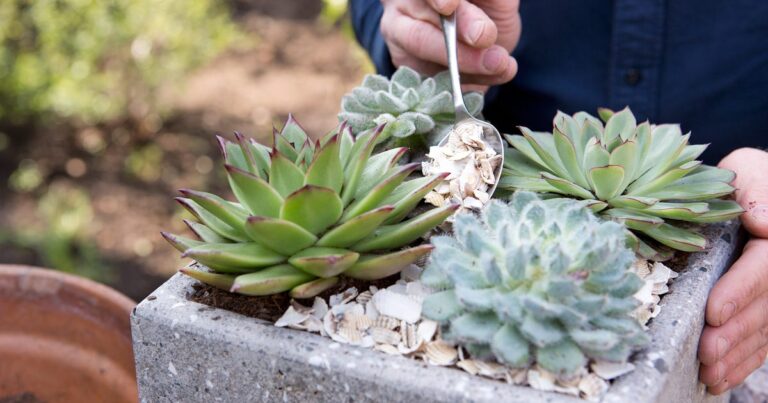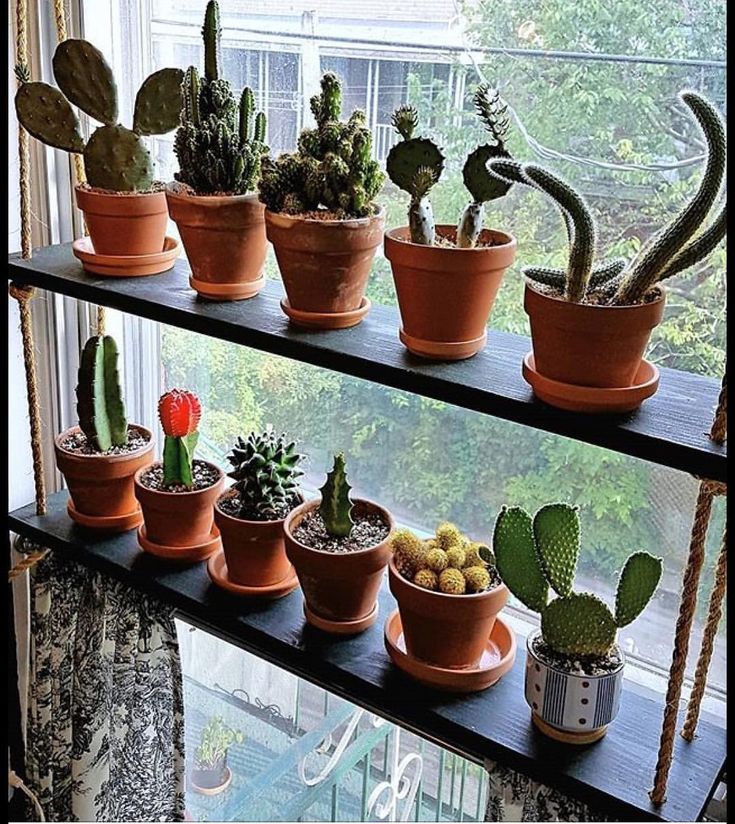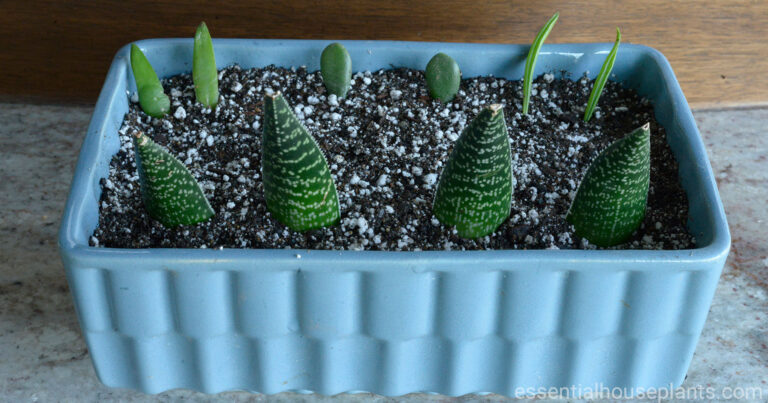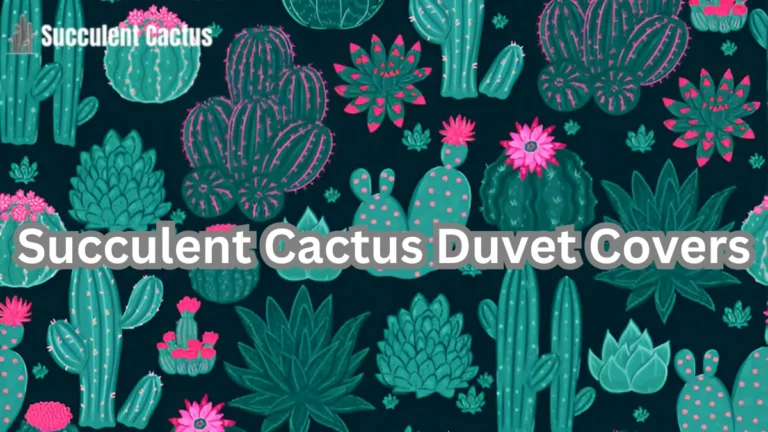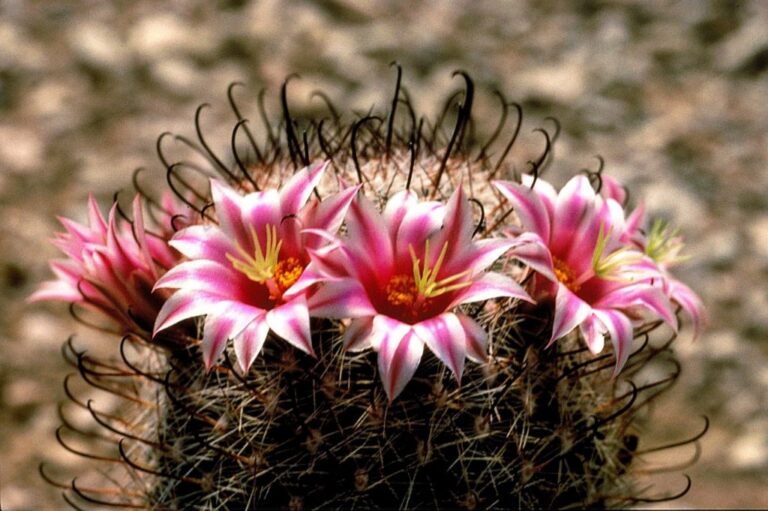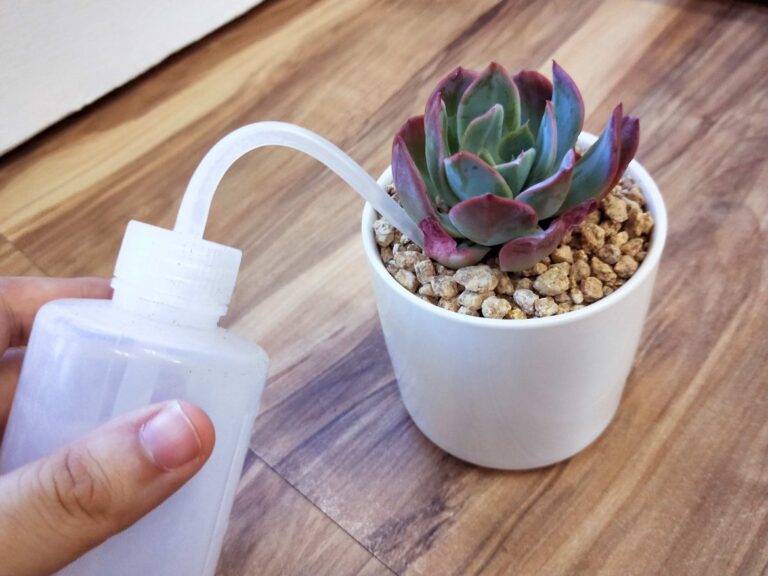The Cactus and Succulent Society of Australia: A Comprehensive Guide
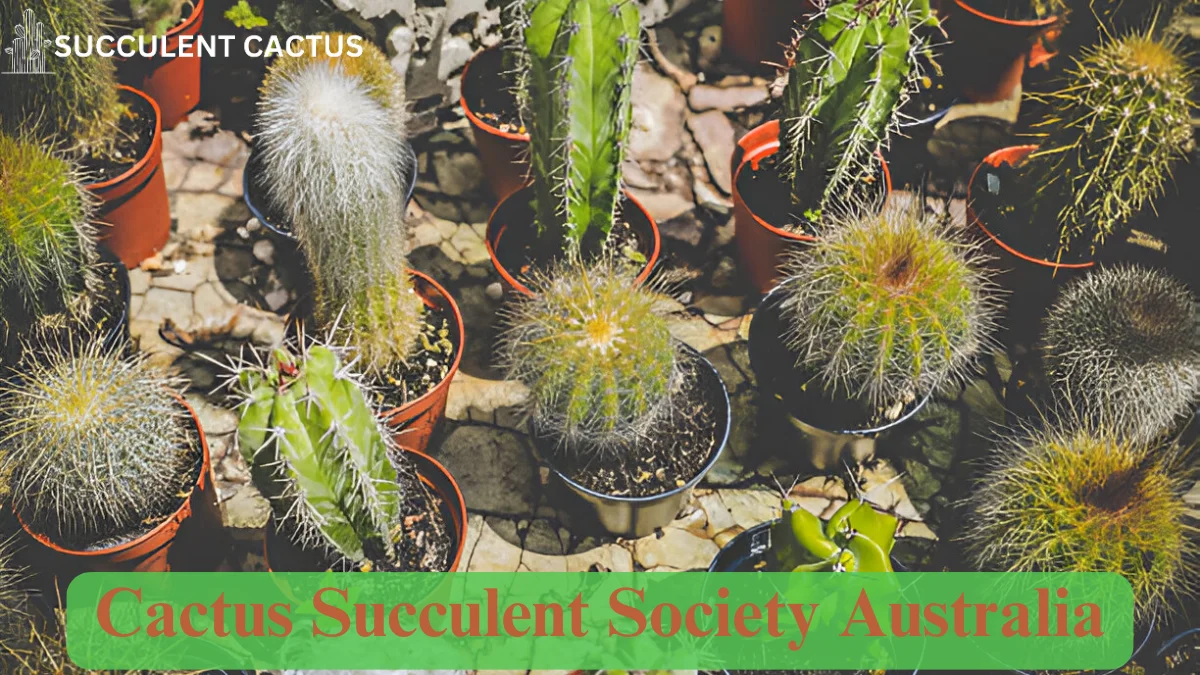
The Cactus and Succulent Society of Australia (CSSA) is a vibrant community dedicated to cultivating, conserving, and appreciating cacti and succulents. This society is a hub for enthusiasts across Australia who share a passion for these unique and resilient plants. With an expanding membership, the CSSA offers a wealth of knowledge and support for beginners and experts alike. This blog post will explore the history, role, events, educational resources, and much more about the Cactus and Succulent Society of Australia. Whether you’re an avid collector, a casual gardener, or a conservation enthusiast, this article will give you a deep understanding of society and its importance.
Introduction to the Cactus and Succulent Society of Australia
The Cactus and Succulent Society of Australia is a national organization that fosters a community of individuals who share a love for cacti and succulents. This society plays a crucial role in promoting the cultivation of these plants and the protection of endangered species. With regional branches throughout the country, the CSSA provides a platform for people to exchange knowledge, grow their collections, and contribute to conservation efforts.
The Founding of CSSA
The Cactus and Succulent Society of Australia was founded in the early 1970s as a response to the growing interest in cacti and succulents in Australia. Since its inception, the society has been at the forefront of cactus and succulent cultivation, education, and conservation. The founders aimed to create a platform where enthusiasts could come together to share their expertise and promote the appreciation of these fascinating plants.
A Hub for Cactus and Succulent Enthusiasts
The society connects thousands of members from all over Australia, providing them with resources to enhance their understanding and appreciation of cacti and succulents. Members can access workshops, newsletters, and specialized advice on plant care, identification, and cultivation. CSSA also holds annual events where enthusiasts can display their collections, exchange plants, and learn from experts.
National and Regional Focus
While the CSSA is a national organization, it is also divided into regional branches that serve local communities. These branches allow members to engage in local activities, participate in plant shows, and collaborate on conservation initiatives specific to their regions. This structure ensures that the society’s work is both nationwide and regionally focused.
The Importance of Cacti and Succulents in Australia
Australia’s climate, characterized by long periods of drought and hot temperatures, provides an ideal environment for growing cacti and succulents. These plants are well-suited to the harsh Australian conditions, making them an excellent choice for gardeners who want to conserve water and maintain a low-maintenance garden. But beyond their aesthetic value, cacti and succulents also play a crucial role in Australian ecosystems and conservation efforts.
Drought-Tolerant Plants
Cacti and succulents are known for their ability to thrive in arid conditions. They store water in their fleshy tissues, allowing them to survive through periods of drought. This makes them an essential part of Australian gardening, especially in regions where water conservation is a priority.
Benefits for the Australian Garden:
- Water Efficiency: Cacti and succulents require minimal water once established, making them ideal for dry landscapes.
- Low Maintenance: These plants are relatively easy to care for, requiring little more than occasional watering and the right amount of sunlight.
- Resilience: Many cacti and succulents can withstand extreme temperatures and periods of neglect, making them perfect for busy or beginner gardeners.
Supporting Biodiversity
In addition to their aesthetic and practical value, cacti and succulents play a key role in supporting biodiversity. These plants provide habitat and food for a variety of wildlife, including insects, birds, and small mammals. By planting more cacti and succulents in gardens and public spaces, Australians can help create habitats that support local ecosystems.
Conservation of Endangered Species
Many species of cacti and succulents are endangered due to habitat loss, climate change, and over-collection. The Cactus and Succulent Society of Australia is deeply involved in conservation efforts aimed at preserving these species and preventing their extinction. By supporting the CSSA, members contribute to these critical conservation initiatives.
The Educational Role of the Cactus and Succulent Society of Australia
One of the primary missions of the Cactus and Succulent Society of Australia is education. Through various programs and resources, the society helps members deepen their knowledge of cacti and succulents. This includes everything from basic care tips to advanced horticultural practices.
Workshops and Seminars
CSSA organizes regular workshops and seminars to help members improve their gardening skills and learn about new trends in cactus and succulent cultivation. These events often feature expert speakers, practical demonstrations, and hands-on activities that allow participants to engage with the material and ask questions.
Popular Workshop Topics:
- Plant Propagation: Learn how to propagate cacti and succulents from seeds, cuttings, and offsets.
- Soil and Fertilization: Understand the best soil mixes and fertilization techniques for different species.
- Pest Management: Discover how to identify and manage common pests that affect cacti and succulents.
Newsletters and Publications
The Cactus and Succulent Society of Australia publishes a regular newsletter that is filled with valuable information for members. These newsletters often include plant care tips, news about upcoming events, and articles about the latest research in cactus and succulent science. Members can also access books and research papers that cover a wide range of topics related to these plants.
Key Features of the Newsletter:
- Monthly Plant Care Tips: Receive expert advice on how to care for your cactus and succulent collection.
- Event Announcements: Stay updated on upcoming shows, plant sales, and meetings.
- Species Spotlights: Learn about rare and endangered species, including their natural habitats and conservation status.
Online Resources and Community
In addition to in-person events, the CSSA also offers online resources. Members can access forums, online classes, and social media groups where they can interact with other plant enthusiasts, ask questions, and share their experiences.
The Role of the Cactus and Succulent Society of Australia in Plant Conservation
The Cactus and Succulent Society of Australia plays a vital role in the conservation of cactus and succulent species. As many of these plants face the threat of extinction due to environmental pressures, the CSSA has taken steps to protect and preserve these unique plants.
Protecting Rare and Endangered Species
The society works with government agencies, environmental organizations, and botanical gardens to protect endangered species of cacti and succulents. This includes both in-situ conservation, where efforts are made to protect plants in their natural habitats, and ex-situ conservation, which involves preserving species in controlled environments.
CSSA’s Conservation Initiatives:
- Seed Banking and Propagation Programs: Collecting and storing seeds from rare species to ensure they are available for future restoration efforts.
- Habitat Restoration Projects: Working to restore degraded habitats where endangered species are found.
- Awareness Campaigns: Educating the public about the importance of plant conservation and sustainable gardening practices.
Partnering with Global Conservation Efforts
The Cactus and Succulent Society of Australia is also involved in international conservation efforts. The society partners with similar organizations around the world to protect cacti and succulents. This collaborative approach ensures that conservation strategies are effective on a global scale.
Promoting Sustainable Gardening Practices
In addition to direct conservation efforts, CSSA encourages its members to adopt sustainable gardening practices that reduce their environmental impact. This includes using water-efficient irrigation systems, avoiding the collection of wild plants, and promoting native species.
Growing Cacti and Succulents: Tips and Techniques
Growing cacti and succulents can be a highly rewarding hobby, but it requires an understanding of their unique needs. The Cactus and Succulent Society of Australia provides valuable resources and support to help gardeners cultivate healthy and thriving plants.
Selecting the Right Plants
Choosing the right plants for your garden is essential for success. Different species of cacti and succulents have different light, temperature, and watering requirements, so it is important to select plants that suit your environment.
Popular Cacti and Succulent Species in Australia:
- Aloe Vera: A hardy succulent with medicinal properties.
- Agave: Known for its large rosettes and dramatic architectural form.
- Echinocactus: A slow-growing cactus that thrives in arid conditions.
Caring for Your Cacti and Succulents
Proper care is essential for the health of your cacti and succulents. While these plants are low-maintenance, they still require attention to detail.
Key Care Tips:
- Watering: Avoid overwatering, as it can lead to root rot. Water sparingly during the growing season and reduce watering in winter.
- Sunlight: Most cacti and succulents prefer bright, direct sunlight. Ensure your plants receive adequate light to thrive.
- Soil: Use a well-draining soil mix to prevent waterlogging, which can harm the roots.
Propagation Methods
Propagating cacti and succulents from cuttings or seeds is a great way to expand your collection. The Cactus and Succulent Society of Australia offers advice on different propagation techniques, including:
- Leaf Cuttings: Many succulents can be propagated by cutting a healthy leaf and allowing it to root.
- Offsets: Some cacti, like the Prickly Pear, produce offsets that can be separated and grown as independent plants.
Cactus and Succulent Society of Australia’s Events and Activities
The **Cactus and Succulent Society of Australia** hosts a variety of events and activities throughout the year. These events provide opportunities for members to showcase their collections, exchange plants, and learn from experts in the field.
Annual Shows and Exhibitions
CSSA organizes annual cactus and succulent shows where growers from across the country display their best plants. These events feature competitions, plant sales, and educational talks. It’s an excellent opportunity for collectors to meet others and share their passion.
Show Highlights:
- Plant Competitions: See who has the most impressive collection.
- Plant Sales: Purchase rare or hard-to-find species.
- Educational Talks: Attend seminars from experts on various aspects of cactus and succulent care.
Regional Meetings and Gatherings
In addition to the national events, regional branches of the CSSA hold regular meetings. These gatherings allow members to connect with others in their local area, share tips, and participate in hands-on activities like plant swaps and workshops.
Field Trips and Excursions
The society also organizes field trips to botanical gardens, conservation sites, and natural habitats where members can learn about native cacti and succulents in their natural environment. These excursions provide valuable insights into plant ecology and conservation.
The Growing Popularity of Cacti and Succulents in Australia
Over the past decade, the popularity of cacti and succulents has surged across Australia. The unique aesthetics of these plants, along with their low-maintenance nature, have made them a favorite among gardeners, interior decorators, and plant collectors alike. The Cactus and Succulent Society of Australia has played a significant role in fostering this growing interest by providing resources and a supportive community for plant enthusiasts.
Aesthetic Appeal of Cacti and Succulents
Cacti and succulents are celebrated for their striking appearances. Their diverse shapes, colors, and textures make them an ideal choice for creating visually stunning displays in homes, gardens, and commercial spaces.
Why They Are So Attractive:
- Variety of Shapes and Forms: From tall, spiny cacti to small, round succulents, there’s a plant to suit every style.
- Vibrant Colors: Many succulents and cacti feature bright flowers and varied foliage colors, adding a splash of color to any space.
- Architectural Presence: The bold, sculptural forms of many cacti and succulents make them stand out as statement pieces.
Indoor Gardening and Urban Spaces
Cacti and succulents are well-suited to indoor environments. They thrive in pots, making them perfect for urban dwellers with limited outdoor space. Many people in Australian cities are incorporating cacti and succulents into their homes and offices, attracted by their unique appeal and minimal care needs.
Benefits of Indoor Cacti and Succulents:
- Air Purification: Certain cacti and succulents, such as Aloe Vera, are known for their air-purifying qualities.
- Space Efficiency: These plants do not require large spaces, making them ideal for apartments and small homes.
- Low Maintenance: With their drought-tolerant nature, these plants require little watering and can thrive in various indoor lighting conditions.
Environmental Considerations in Australian Gardens
With Australia experiencing increasingly dry conditions, cacti and succulents have become a vital part of sustainable gardening. These plants are ideal for creating drought-tolerant landscapes, contributing to water conservation efforts, and supporting local wildlife by providing essential food and shelter.
Sustainable Gardening Practices:
- Water Conservation: Succulents and cacti reduce the need for frequent irrigation, making them eco-friendly choices for drought-prone areas.
- Low Fertilizer Requirements: These plants can thrive in poor soil conditions, reducing the need for chemical fertilizers that can harm the environment.
- Support for Local Wildlife: Native succulents and cacti provide food and shelter for pollinators and other beneficial insects.
How to Build and Maintain a Cactus and Succulent Garden
Creating a cactus and succulent garden can be a fulfilling project for both novice and experienced gardeners. These plants are adaptable to a wide range of environments and can be cultivated in various settings, including indoor spaces, gardens, and balconies. With the right knowledge and care, anyone can build a thriving cactus and succulent garden.
Planning Your Garden Layout
Before planting, it’s essential to plan the layout of your garden. This includes selecting a location that suits the light and temperature needs of your plants, as well as considering factors like drainage, space, and aesthetic preferences.
Garden Design Tips:
- Consider Sunlight: Most cacti and succulents need full sunlight, so choose a spot with at least six hours of direct light per day.
- Optimize Drainage: Use well-draining soil and ensure that your garden beds or pots have drainage holes to prevent waterlogging.
- Mix Plant Varieties: Combine different species of cacti and succulents for a visually interesting and diverse garden that showcases various textures and colors.
Maintaining Your Cactus and Succulent Garden
Once your garden is established, it’s important to maintain it properly. While these plants are low-maintenance, they do require some attention to ensure they thrive over the long term.
Essential Maintenance Tasks:
- Watering: Water your plants thoroughly, but only when the soil is dry. Avoid keeping the soil constantly moist to prevent root rot.
- Fertilizing: Cacti and succulents typically need very little fertilizer. If you do choose to fertilize, use a diluted, balanced fertilizer during the growing season.
- Pruning: Some succulents and cacti may require occasional pruning to remove dead or damaged growth, helping to encourage new growth.
Dealing with Common Issues in Cactus and Succulent Gardens
Although cacti and succulents are hardy plants, they can still face problems such as pests, disease, or unfavorable environmental conditions. Recognizing and addressing these issues early is key to maintaining a healthy garden.
Common Problems:
- Overwatering: One of the most common mistakes when caring for cacti and succulents is overwatering. Ensure your plants are in well-draining soil and that you allow the soil to dry out between waterings.
- Pest Infestations: Common pests such as aphids and mealybugs can sometimes infest succulents. Regularly inspect your plants and treat them with non-toxic insecticides if necessary.
- Sunburn: While these plants thrive in sunlight, prolonged exposure to harsh midday sun can cause sunburn. Gradually acclimate indoor plants to outdoor conditions if transitioning.
The Cactus and Succulent Society of Australia’s Plant Shows and Competitions
The Cactus and Succulent Society of Australia holds a variety of events throughout the year, with plant shows and competitions being some of the most anticipated. These events offer members the opportunity to showcase their prized specimens, compete for awards, and learn from one another.
Categories of Plant Competitions
At CSSA shows, plants are often divided into different categories based on species, size, and aesthetic appeal. These categories allow members to display plants that are similar in type, making judging more consistent and fairer.
Common Categories:
- Best Cactus: Awarded to the healthiest and most impressive cactus, considering factors like size, shape, and flower quality.
- Best Succulent: Similar to the cactus category, this focuses on succulent plants, rewarding those with the best overall appearance and care.
- Rare or Endangered Species: A category dedicated to plants that are either rare in cultivation or are at risk in the wild.
Judging Criteria and Awards
Judging at CSSA plant shows is based on several factors, including the plant’s health, size, flowering status, and overall presentation. Expert judges, who are often experienced members of the society, assess the plants according to these criteria.
Judging Criteria Includes:
- Health: The plant must show no signs of disease, pest infestation, or damage.
- Size and Shape: The plant should be well-formed, with no signs of malnutrition or overgrowth.
- Flower Quality: If the plant is flowering, the blooms should be vibrant and healthy.
Building a Winning Collection
For those interested in competing, building a winning collection of cacti and succulents requires time, dedication, and a deep understanding of plant care. Many members spend years cultivating their plants to perfection, ensuring they are in optimal health for competitions.
Joining the Community of Cactus and Succulent Enthusiasts
Becoming part of the Cactus and Succulent Society of Australia is more than just gaining access to resources; it’s about joining a community of like-minded enthusiasts. Through the CSSA, you can connect with fellow plant lovers, share experiences, and learn from those who have been growing cacti and succulents for years.
Networking Opportunities
The CSSA offers various networking opportunities, including regional meetings, online forums, and social media groups. These platforms allow members to exchange tips, seek advice, and collaborate on conservation and gardening projects.
Benefits of Networking:
- Expert Advice: Connect with experienced growers who can offer valuable tips and guidance.
- Plant Swaps and Sales: Exchange plants with other members, allowing you to diversify your collection.
- Friendship and Community: Build lasting friendships with fellow cactus and succulent enthusiasts who share your passion.
Volunteering and Giving Back
Members can also give back to the community by volunteering for events, participating in conservation programs, and mentoring new growers. This sense of community is what makes the CSSA such a special organization.
Future of the Cactus and Succulent Society of Australia
Looking forward, the Cactus and Succulent Society of Australia continues to grow, adapting to new challenges and opportunities. As interest in these plants increases, the society’s role in fostering education, conservation, and cultivation will only become more critical.
Expanding Educational Programs
The CSSA is constantly exploring new ways to educate the public about the importance of cacti and succulents. Future programs may include virtual workshops, expanded resources on sustainable gardening, and partnerships with schools and universities.
Embracing Technology and Innovation
With the rise of digital platforms, the society is embracing technology to reach a wider audience. Online courses, webinars, and virtual plant shows are just a few examples of how the CSSA is adapting to the digital age.
Strengthening Conservation Efforts
As global climate change continues to impact ecosystems, the CSSA remains committed to protecting endangered cacti and succulents. Through ongoing conservation efforts and partnerships with other organizations, the society will help ensure these plants are preserved for future generations.
FAQs About the Cactus and Succulent Society of Australia
Here are some of the most frequently asked questions about the Cactus and Succulent Society of Australia:
Q1: How do I become a member of CSSA?
Becoming a member of CSSA is simple. You can join online through the official website or contact your local regional branch for more information. Membership typically includes access to newsletters, event discounts, and invitations to exclusive workshops.
Q2: What are the benefits of joining CSSA?
CSSA members enjoy access to a wealth of educational resources, plant swaps, local and national events, and expert advice. Membership also supports conservation efforts and provides opportunities to network with other enthusiasts.
Q3: What types of cacti and succulents are native to Australia?
Australia is home to many unique cacti and succulents, including the Austrocylindropuntia and Cymbocactus species. These plants are adapted to the country’s dry conditions and often thrive in arid regions.
Q4: Can I join CSSA if I am a beginner?
Yes, CSSA is open to plant enthusiasts of all levels. The society provides resources, workshops, and expert advice for beginners, as well as opportunities for more advanced growers to refine their skills.
Q5: How can I contribute to conservation efforts through CSSA?
As a member, you can participate in conservation programs, support habitat restoration initiatives, and raise awareness about the importance of protecting cacti and succulents in the wild.
Conclusion
The Cactus and Succulent Society of Australia is a vital organization for anyone interested in cacti and succulents. Whether you’re looking to expand your collection, deepen your knowledge, or get involved in conservation, CSSA provides a wealth of resources and opportunities. From educational workshops to conservation efforts, the society plays an essential role in preserving these remarkable plants for future generations.
By becoming a member, you can join a community of passionate plant lovers and make a positive impact on the world of cacti and succulents.

